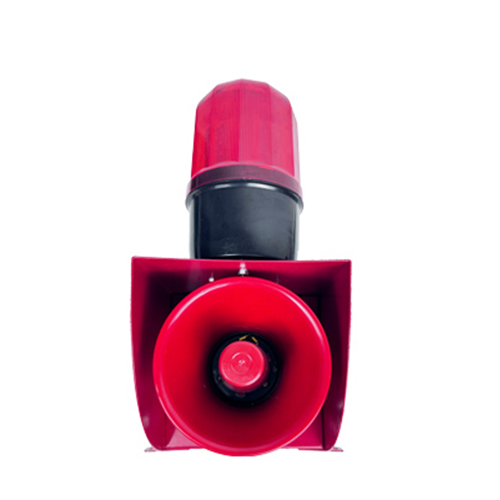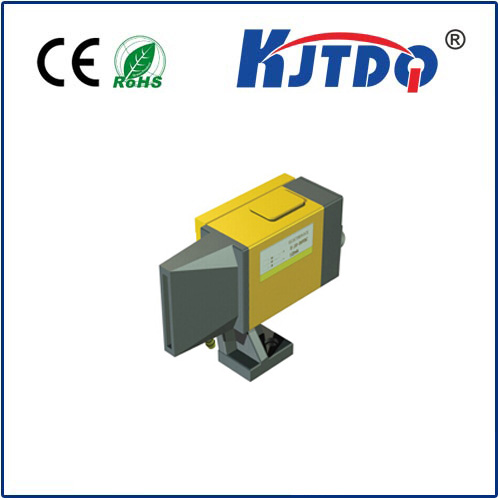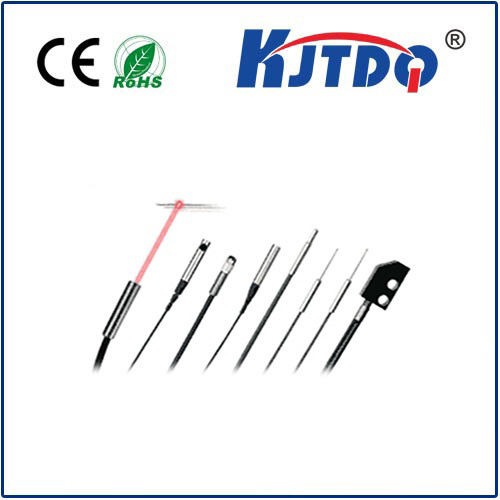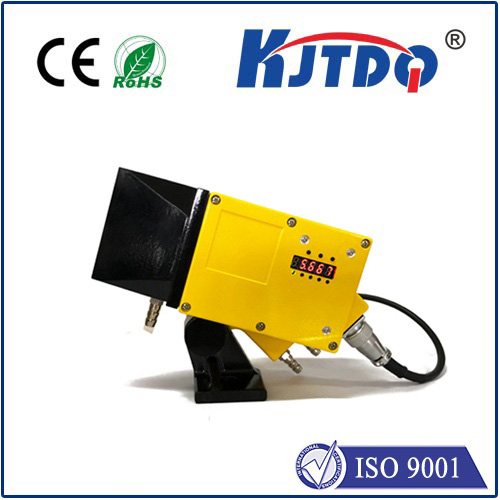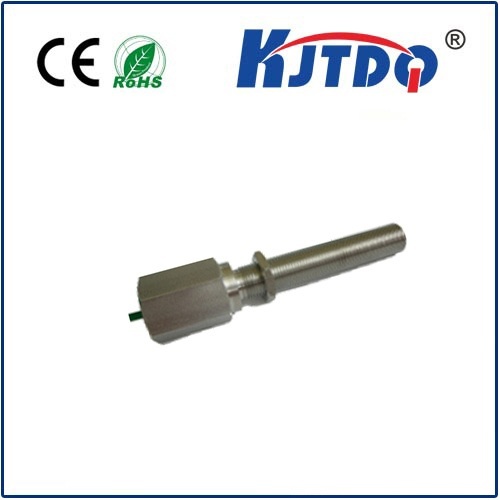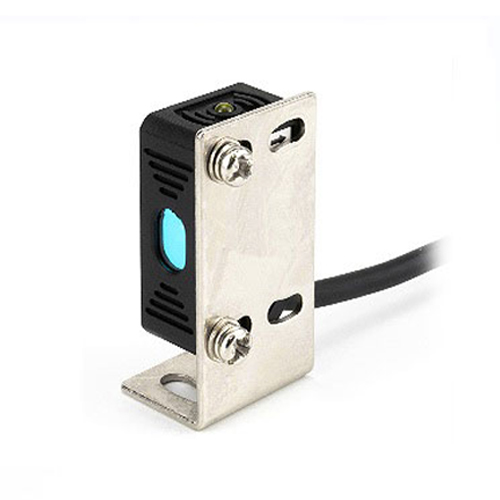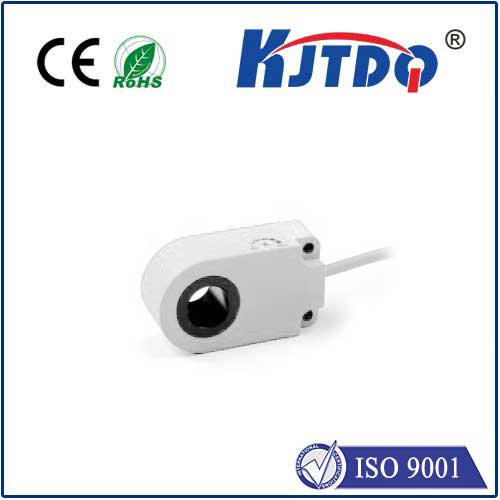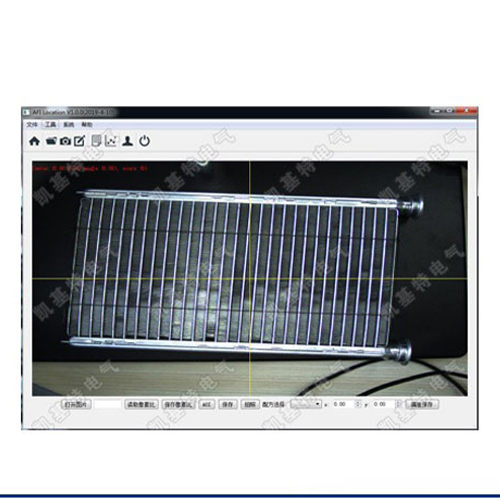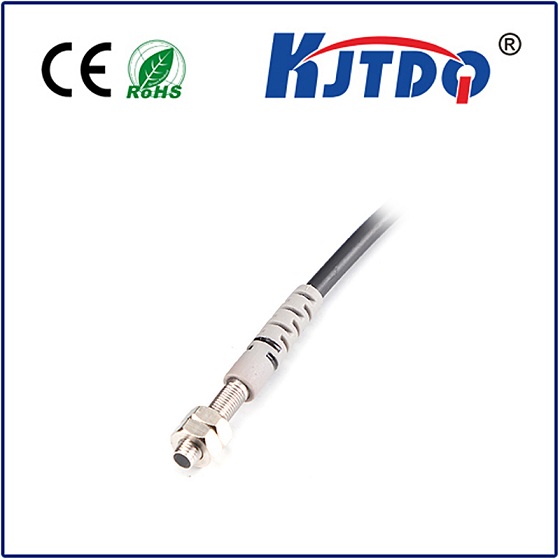термостойкий датчик приближения
- time:2025-09-05 14:38:52
- Нажмите:0
Surviving the Scorch: How Heat Resistant Proximity Sensors Revolutionize Tough Environments
Imagine molten metal flowing at over 1500°C, furnaces radiating intense heat, or manufacturing processes where temperatures soar beyond what most electronics can endure. In these punishing environments, traditional sensors fail catastrophically. But critical proximity detection – knowing where an object is without physical contact – is often essential for safety, efficiency, and precision. This is where the unsung heroes of industrial automation step in: heat resistant proximity sensors. These specialized devices are engineered to thrive where others melt, ensuring reliable operation when the heat is literally on.
Defying the Elements: What Makes Them “Heat Resistant”?
A standard inductive proximity sensor might reliably operate up to 70°C or 85°C. Venture significantly higher, and internal components degrade, electronic circuits malfunction, plastic housings deform, and sensing ranges drift. Heat resistant proximity sensors are fundamentally redesigned to combat these failures. Key design elements include:
- Specialized Housing Materials: Moving beyond standard plastics, these sensors employ high-temperature thermoplastics (like PEEK or PPS) or even metal alloys (stainless steel) for the housing and sensing face. These materials maintain structural integrity and insulation properties far beyond standard operating temperatures.
- High-Temperature Coils and Electronics: The core sensing coil and internal circuitry are built using components specifically rated for elevated temperatures. This involves specialized wire insulation, solder formulations resistant to thermal fatigue, and electronic components with extended thermal tolerances.
- Optimized Thermal Management: Designers employ strategies like thermal isolation barriers within the sensor body to shield sensitive internal electronics from direct heat conducted through the housing or sensing face. Enhanced heat dissipation features might also be incorporated.
- Robust Sealing: Maintaining an IP67, IP68, or IP69K rating is often critical. High-temperature environments frequently coexist with dust, moisture, steam, or aggressive cleaning chemicals (like in foundries or food processing post-cooking stages). Robust sealing protects the sensor internals from both heat ingress and environmental contaminants.
Key Specifications: Understanding the Limits

When selecting a high-temperature proximity sensor, understanding its specifications is paramount:
- Operating Temperature Range: This is the core specification. Look for sensors clearly rated for continuous operation at temperatures like -25°C to +150°C, +200°C, or even +250°C or higher for specific models. Always check both the ambient temperature (air around the sensor body) and the maximum permissible temperature at the sensing face, which often encounters direct heat radiation or contact.
- Sensing Distance: Be aware that extreme heat can cause a slight reduction in nominal sensing distance compared to the same sensor at room temperature. Quality data sheets will specify this. Heat resistant inductive sensors remain the most common type for metallic target detection in hot zones.
- Durability & Vibration Resistance: High-temperature areas, like near forging presses or heavy machinery, often involve significant vibration. Look for sensors built with robust mechanical construction to withstand shock and vibration.
- Connection Types: Cables and connectors must also be rated for the temperature. High-temperature cables (e.g., silicone insulated) and specialized connectors are essential. Integrated cable designs often offer better sealing in extreme conditions than connector variants.
Where They Shine: Critical Applications
The need for reliable non-contact detection in heat zones spans numerous industries:
- Metal Processing & Foundries: Monitoring molds, dies, ladles, casting lines, rolling mills, and furnace entry/exit points near molten metal.
- Glass Manufacturing: Detecting bottles, jars, or sheets on conveyors exiting annealing lehrs or tempering furnaces.
- Plastics & Rubber Processing: Position verification on extruders, near injection molding machines, or within vulcanizing presses.
- Automotive Manufacturing: Monitoring parts passing through high-temperature paint curing ovens or near welding stations.
- Food & Beverage Processing: Detecting containers on conveyors exiting retorts (high-pressure sterilization), pasteurizers, or baking ovens.
- Ceramics & Brick Kilns: Position control of products entering or exiting high-temperature kilns.
- Energy Production: Monitoring components in boiler systems, turbine halls, or near heat exchangers.
In each case, proximity detection in extreme heat prevents costly downtime, protects machinery from collisions, ensures process sequencing accuracy, and enhances overall safety by providing reliable feedback where human monitoring is impossible or dangerous.
Selecting the Right Sensor: Key Considerations
Choosing the optimal термостойкий датчик приближения involves more than just the temperature rating:
- Precise Temperature Requirement: Define the maximum ambient temperature and the maximum temperature the sensing face will encounter. Don’t guess; measure or consult process engineers. Margin is good.
- Target Material: Inductive sensors detect metals. Ensure compatibility with the specific metal type (steel, aluminum, etc.), as sensing distance varies. For non-metallic objects in hot zones, specialized optical or capacitive sensors may be available, but are less common with extreme heat ratings.
- Required Sensing Distance: Measure the gap needed between the sensor and the target. Choose a sensor with a nominal range exceeding this, accounting for potential thermal drift.
- Size and Form Factor: Space is often limited in industrial settings. Ensure the sensor body physically fits the mounting location.
- Output Type & Connectivity: Match the sensor’s output signal (PNP, NPN, analog) and connection method (cable, connector type) to your control system requirements. Ensure cables/hose connections are rated for the temperature.
- Environmental Factors: Beyond heat, consider exposure to dust, water, steam, chemicals, oils, or washdowns. Select the appropriate ingress protection (IP) rating.
- Certifications: Check if specific industry certifications (ATEX for explosive atmospheres, FDA for food contact, etc.) are required alongside high-temperature capability.
Beyond Survival: The Value Proposition
Integrating robust proximity sensors for high-heat zones isn’t just about preventing sensor failure; it’s about unlocking reliability and efficiency in the most challenging parts of a process. They:
- Reduce Unplanned Downtime: Eliminate sensor failures caused by heat, minimizing costly production stoppages.
- Enhance Process Control: Provide consistent, reliable feedback for precise positioning and sequencing, even under thermal stress.
- Improve Safety: Enable automated monitoring and safety interlocks in hazardous high-temperature locations.
- Lower Lifetime Costs: While the initial cost might be higher than standard sensors, their longevity and reliability in extreme conditions lead to significant savings in maintenance and replacement costs.
By mastering the art of detection amidst the furnace glow, heat resistant proximity sensors are fundamental enablers of modern, resilient industrial automation, proving that precision can indeed survive the scorch.

